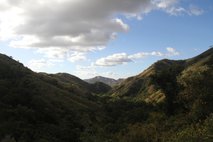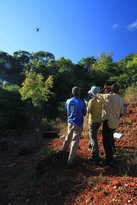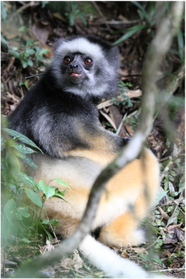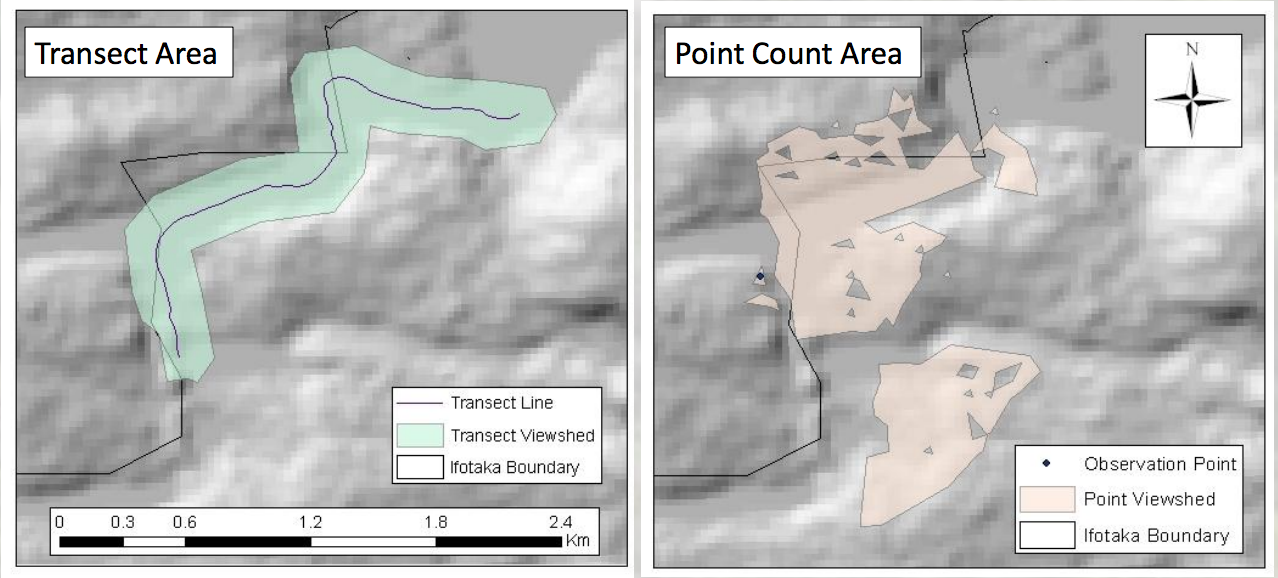|
LEMURS & CLIMATE CHANGE Will lemur diets be affected by climate change? How will this affect population abundance? Will protected areas facilitate lemur movement to track changing environments? METHODS IN DENSITY ESTIMATES Unmanned Aerial Vehicles (UAVs) for Primate Research - Survey impenetrable forests and terrains - Survey protected areas without cutting new trails - Collect high resolution and up-to-date imagery for land use management - Autonomous flights to steer valuable human resources elsewhere - Rapid surveys PRIMATE GEOPHAGY Why do primates eat soil? Researchers have suggested five possible reasons: 1) Clays in soils neutralize plant toxins and/or digestion inhibitors (plant secondary metabolites, or PSMs) 2) Soils with alkaline properties buffer the acidity of the stomach 3) Kaolinite, and other similar clays found in some soils, alleviate diarrhea 4) Clays in soils form a protective barrier within the intestines to prevent parasites from adhering to the intestinal wall 5) Minerals found in consumed soils supplement dietary deficiencies After following the same animal around for a week at a time, collecting samples of what it ate, and a lot of time spent subjecting poor brine shrimp to potential toxins, it seems soil may absorb PSMs in the sifaka's favorite food items. LEMUR BEHAVIOR & ECOLOGY Under Construction FOREST EDGE EFFECTS Under Construction ALTERNATIVE METHODS OF PRIMATE ABUNDANCE ESTIMATION Improving estimates using GIS and landscape features Point counts of primates in deciduous forest environments |
|




